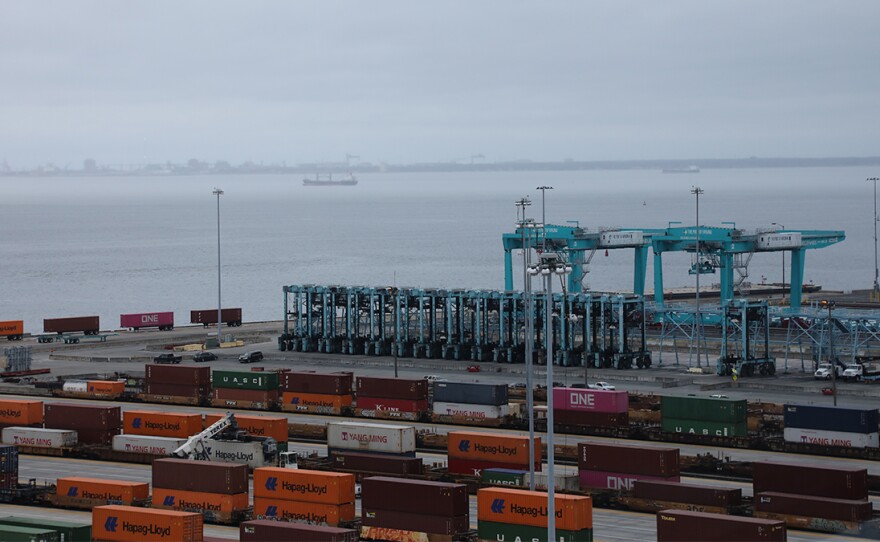The local economy is, in a word, “challenging,” says economist Bob McNab.
The Hampton Roads economy continues to grow following the COVID-19 pandemic, and defense, the port and tourism — the region’s economic pillars — are in good shape, according to Old Dominion University’s 2025 State of the Region report, which McNab helped to author.
But the region’s rate of growth is still lagging behind similar metropolitan areas like Jacksonville, Florida, and Raleigh, North Carolina. The housing shortage remains a barrier to growth in Hampton Roads and inflation means wages can’t go as far, especially for families already struggling with housing costs.
The report called for relaxed zoning regulations to make it easier to build homes, apartments and condos. It also called for improving private sector growth to insulate the local economy from federal-level change, such as mass layoffs, tariffs and budget cuts.
The new federal policies on trade, immigration and government spending will likely slow down the region’s growth. Though the area will keep benefiting from defense spending, tariffs and attacks on immigration will strain the port and tourism, the report states.
“We've seen trade through the Port of Virginia slow as the result of tariffs, and we've seen hotel revenues slow as well as international tourism has come under pressure due to the tightening of immigration to the United States,” McNab said Tuesday at the report’s roll-out.
The report had good things to say about Norfolk International Airport’s impact on the economy, highlighting its out-of-state passenger growth.
“Airports are engines of commerce for a region,” McNab said.
This June, July and August were the three busiest months ever in the airport’s 87-year history, and the airport will offer flights to Cancun, its first international destination in 25 years, starting in January 2026.
McNab expects the Hampton Roads economy to continue growing through 2025, but more slowly than the previous years. What 2026 will bring is uncertain.
The government shutdown adds a layer of complications. Public data will be delayed and military and federal employees won’t get paid until the shutdown ends, McNab said.
“Economic forecasting is already an adventure in fog and uncertainty,” he said. “Now let's just put some very dark sunglasses on and have you grope around in the dark trying to figure out what's going on. That's the impact of the shutdown upon economic data.”

